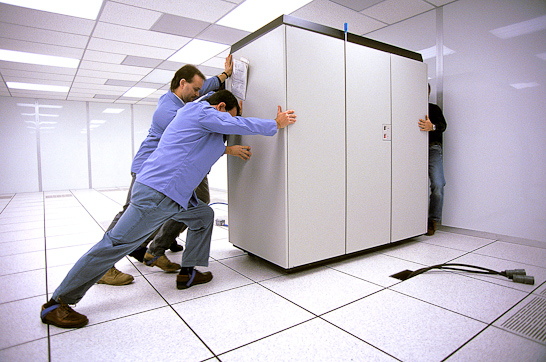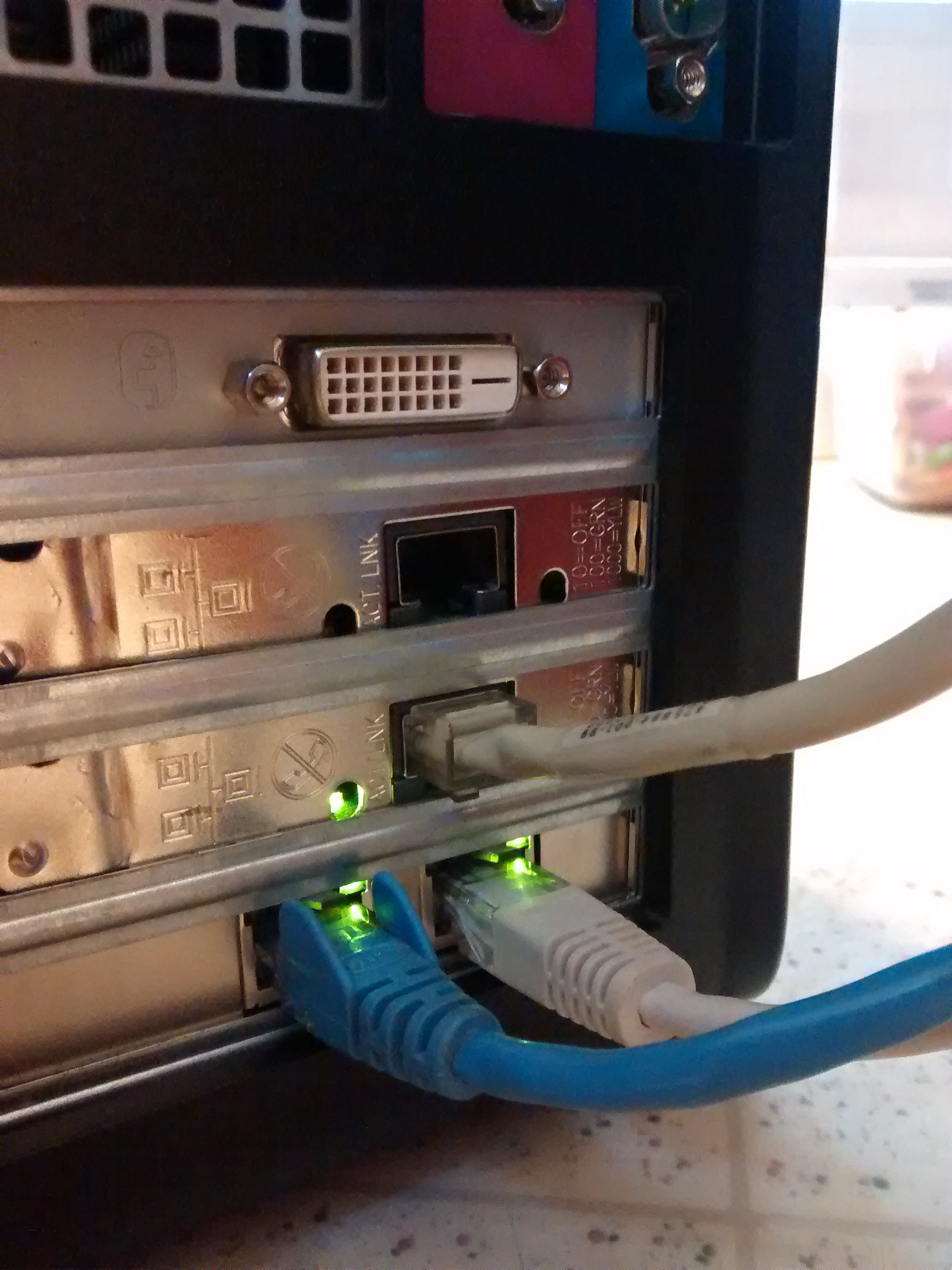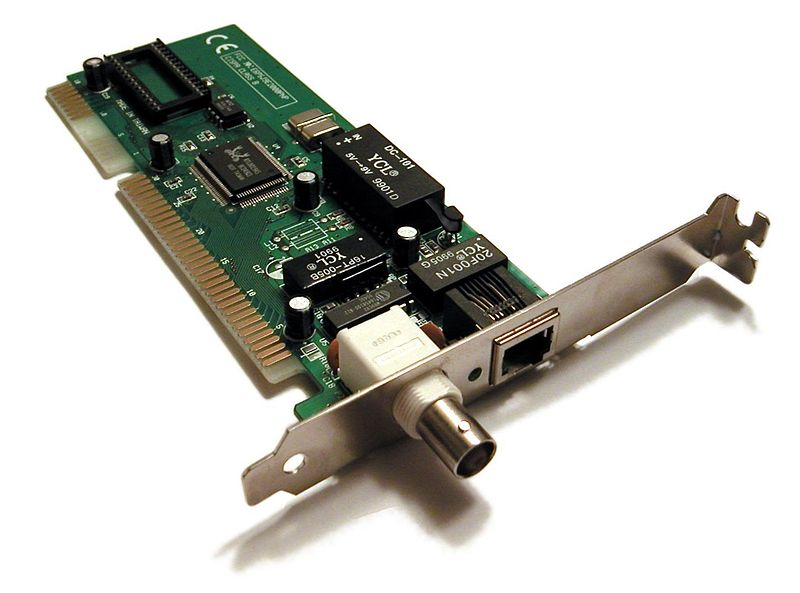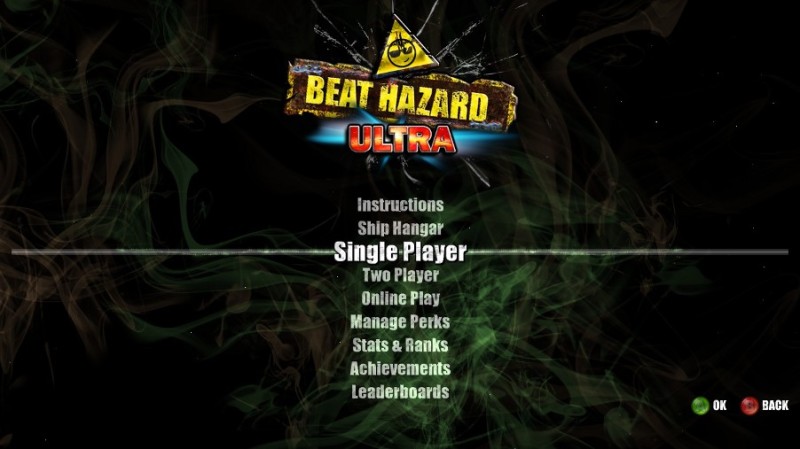Doing more thinking about minimalism (surprise!).
I was looking at cloud storage alternatives out there, and was thinking about the ones I’ve used in the past. Evernote, Google Drive, Dropbox, and now (self-hosted) ownCloud.
(Edit: How could I forget the ill-fated Ubuntu One? It was gone too soon.)
Back in the day, we had what were called “file servers.” They weren’t cloud servers, or blades, or fairy-dusted unicorn farts (or whatever the Cloud claims to be now). They were old computers sitting in a closet, running Windows 98 (or NT 4 if you were swanky) with a simple folder share. You backed up your stuff to that, nothing else. Every once in a blue moon, you would make a backup of that backup, for good measure.
But the idea of “cloud computing” is just file servers, on the internet, served over bloated www API’s. They just transfer documents back and forth. The nicer ones have revision history, or built-in note tools and such. But in the end, they’re pretty much just file servers. You’d still need end-to-end encryption, but that does you no good if the cloud providers are compromised- and they often are.
So I got to thinking, “do I really need the cloud at all?”
And of course, the answer is, no.
We, as consumers, have bought into the idea that we need all this cloud stuff, and I understand the frontend packaging is slick. But it’s just not really necessary for me.
Could I use a file server? Sure. On the internet? Yeah, I could make a secure FTP site, or something to that effect. SSH or whatever. Doesn’t have to be a web interface, doesn’t need a slick front end, and doesn’t need a monthly fee. Just a good old-fashioned secure VPN would be good enough.
On top of that, my ownCloud server runs on a database, which is slow. Can’t run it on cheap old hardware. I just need a simple computer with a big hard drive. And apps? Don’t really need them, other than whatever I used to create the document with.
Anyway, there’s plenty of stuff I can simplify on my end. One of my (long standing) projects is to go through all the old backups I have and delete all the digital crap I don’t need. Save what I can use, delete the rest. Pretend it never existed- imaginary housefire style.
(I once read minimalist decluttering described as an “imaginary house fire” where when people would ask “what happened to item X?” they would just respond “Oh, we lost that in the fire.” That blog post has since been lost to the obscurity of the “not-on-google’s-first-results-page” web.)
More to come. Work is progressing slowly on my static website and gopherhole, but that will happen sooner than later.











